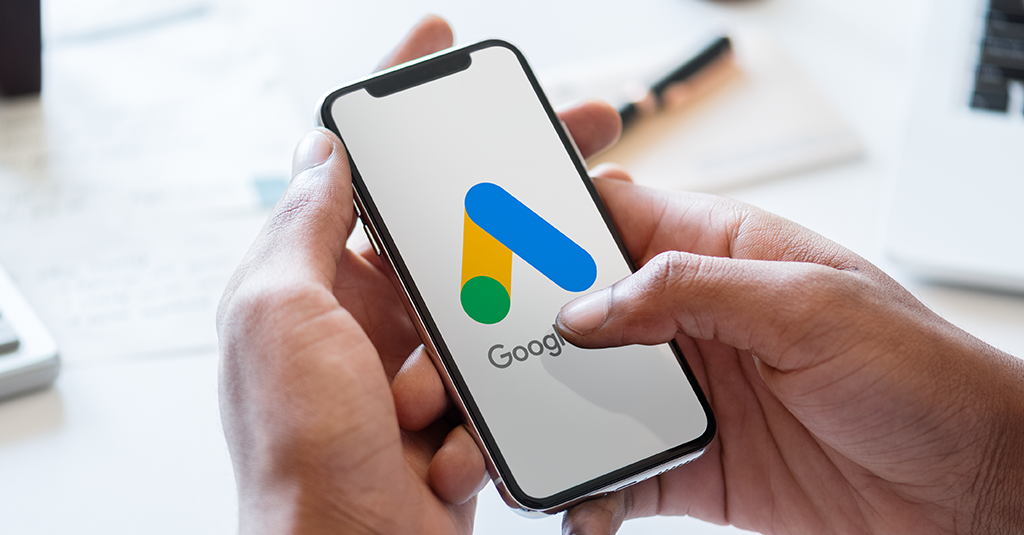Have you heard about Google Ads? Google’s advertising platform (formerly called Google AdWords) allows you to advertise your business online, at the right time, to those who are looking for you. On the other hand, you will only pay when people click on your ad. But what goals can a Google campaign answer to? What types of ads are there? What are the steps to go ahead with a campaign?
Google Ads, which is one of Google’s biggest sources of income, allows anyone who wants to invest in promoting their websites, products or services to do so on Google or on its partner websites.
Thus, anyone who wants to do so, can:
– Set theirown budget (which will only be spent when there is interaction with the promoted ad);
– Segment the audience with a series of factors;
– Change the campaign that is ongoing according to the metrics you have, in order to have better results.
Let’s now understand, step by step, how you can create a Google campaign.
1. Define your campaign goal
The first step, as in all communication, is to define the goal you want to achieve with your campaign. Some of the goals you can set are:
– Increase sales of your business (online, onn a mobile application, on a mobile phone, etc.);
– Achieve potential customers;
– Increase online traffic to your website;
– Promote your products and your brand;
– Increase the reach and awareness of your brand;
– Promote your mobile application;
– Increase visits to your physical stores.
2. Choose the type of campaign you want to implement
Google allows you to define what type of campaign you want to implement, offering several options:
– Search Network – this is the main type of Google Ads ad, and also the simplest. Ideal for generating leads or increasing sales, these are the ads that appear prominently in search results when someone does a research on Google;
– Maximum performance – with a single campaign, you can reach your audience through all the channels that Google has at its disposal.
– Display Network – these ads appear in visual format (they can be images or videos) on Google or partner websites.
– Shopping – this type of campaign allows you to present your e-commerce product on Google Shopping.
– Video – allows you to promote your videos as an advertisement on YouTube before other videos. There are different types of ads that can be used here.
– App – allows, as the name implies, to promote your mobile application on the search network, on the display network or on YouTube.
– Smart – created to help those who are not very familiar with Google Ads, it has fewer steps and is an easy way to create an ad.
– Location – allows you to disclose the physical space of your store on a Google map.
– Discovery – through the visual format, Google presents these ads without the customer performing any research, allowing customers to discover new brands and new businesses.
3. Define your budget
You will be able to define the average daily amount you are willing to pay and which goals you want to focus your campaign and budget on – whether on conversions, on clicks, or others.
4. Segment your campaign
Through different factors you can segment your campaign, so that it reaches who you want to, in the way you want:
· Define where your ads will be displayed (Google and Google’s partner channels);
· Define the age, location (countries and cities), and languages you want to consider for your campaign;
· Define the days, times and frequency in which your ads will appear;
· Decide on which devices the ads will appear (whether on computer, tablet or mobile);
· Define your target audience – choose the profile, tastes, and characteristics that Google should consider when presenting your ad.
5. Define your keywords
Keywords are the words that will trigger your ad. This means that when someone who has all the criteria you defined searches for one of your keywords your ad will appear.
6. Create your ads
Define how your ad will appear to customers: what titles and descriptions, images, and extensions will appear in your ad in order to optimize it as much as possible.
7. Submit the ad for approval
When you’ve completed all the steps, you’ll need to submit your ad for approval. Google will see and comply with all the defined rules and will also define how your optimization score can be improved after the ad is live.
8. Track and monitor your campaign
After being live, it is important to monitor your campaign, in order to adapt it so that it is maximized. Don’t forget to see which keywords are most searched and which search terms trigger your ad. If some words don’t make sense or are spending too much of your campaign budget with no income, you can disable them or make them negative, respectively, so that they stop doing so.
9. When the campaign is over, evaluate it
Despite being a constant task, in the end it is crucial that you evaluate your campaign, so that you can adapt all the ones that follow. In addition to keywords and search words, consider measuring your click rate (out of 100 times your ad appeared, how many times it was clicked), average cost per click for your keywords, number of conversions, cost per conversions, number of impressions, among others.
Google Ads is a world of opportunities that are worth discovering (here we’ve only covered a few things), for all the possible benefits that can arise for your business. Investigate, invest, and take your business further. If on the way you get lost, do not hesitate to talk to us. We’ll be able to help. Good luck!
By Sofia Neves, digital marketeer at Media em Movimento

